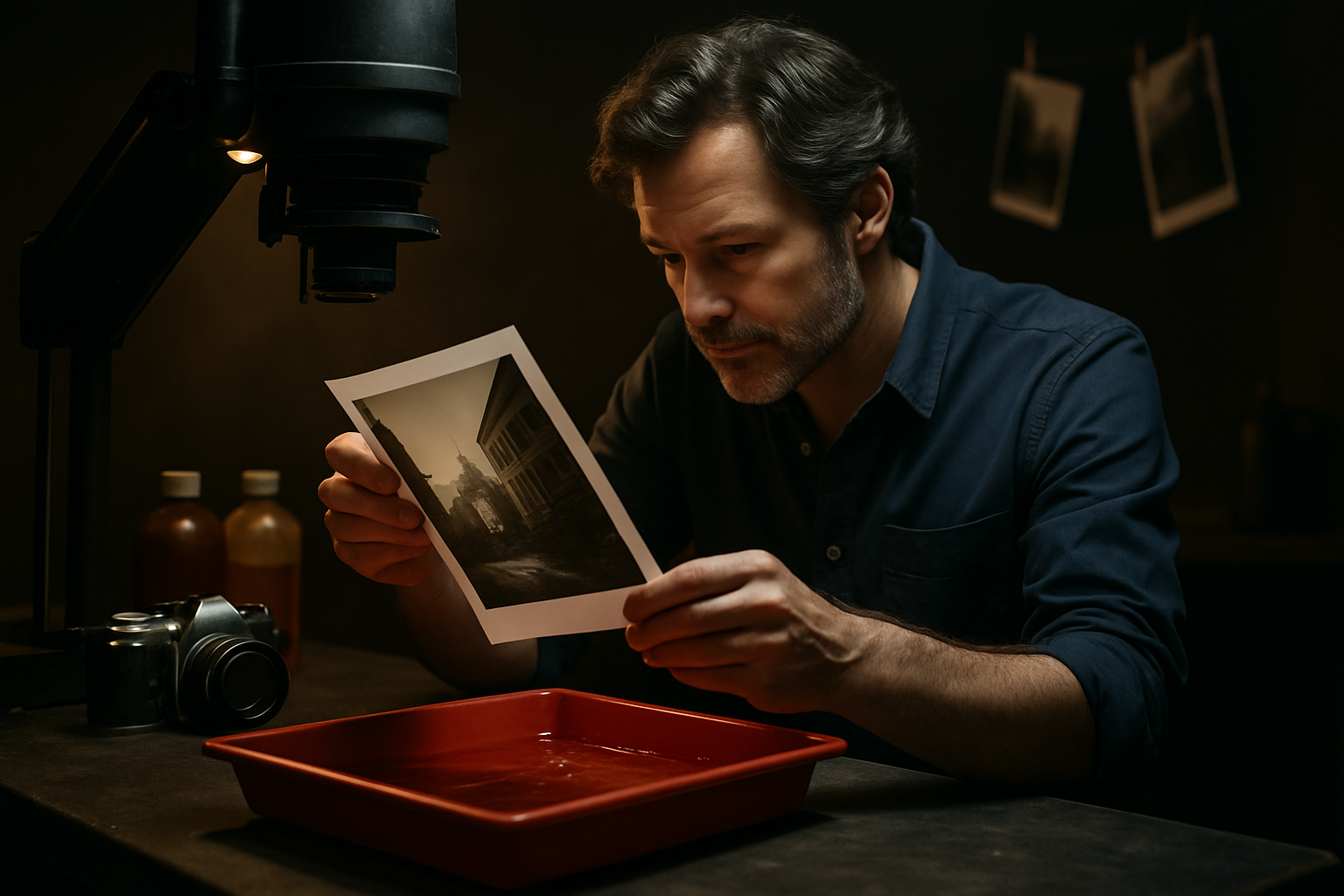The Resurgence of Analog Photography in the Digital Age
In an era dominated by digital convenience, a surprising trend has emerged in the world of photography. Analog photography, once thought to be obsolete, is experiencing a remarkable revival. This resurgence isn't merely nostalgia-driven; it represents a shift in artistic values and a quest for authenticity in an increasingly digital world. From professional photographers to hobbyists, many are rediscovering the unique charm and creative possibilities of film cameras, darkrooms, and tangible prints. This revival is reshaping the photography industry, influencing visual aesthetics, and challenging our perception of image-making in the 21st century.

The Aesthetic Appeal of Film
One of the primary drivers behind the analog revival is the unique aesthetic qualities of film photography. Film produces images with distinctive grain, color rendition, and tonal range that many photographers and viewers find appealing. The imperfections and unpredictability of film often result in photographs with a certain warmth and character that can be challenging to replicate digitally. This aesthetic has become increasingly sought after, not only in fine art photography but also in fashion, advertising, and even wedding photography.
A New Generation Discovers Analog
Interestingly, much of the renewed interest in analog photography comes from younger generations who grew up in the digital era. For many millennials and Gen Z photographers, film represents a novel and exciting medium. The process of developing film and printing in a darkroom offers a hands-on experience that contrasts sharply with the instantaneous nature of digital photography. This tactile and time-intensive process is seen as a form of mindfulness and a way to disconnect from the constant connectivity of the digital world.
The Impact on the Photography Industry
The analog revival has had significant repercussions on the photography industry. Film manufacturers, many of whom had scaled back or discontinued production, are now ramping up to meet renewed demand. Kodak, for instance, reintroduced its iconic Ektachrome film in 2018 after a six-year hiatus. Similarly, there has been a resurgence in the market for vintage cameras, with prices for sought-after models skyrocketing. Photography schools are reintroducing darkroom techniques into their curricula, recognizing the importance of understanding these foundational skills.
Blending Analog and Digital
While the analog revival is strong, it doesn’t exist in opposition to digital photography. Many photographers are finding ways to blend the two mediums, leveraging the strengths of each. Some shoot on film but scan their negatives for digital editing and distribution. Others use digital cameras but apply film-inspired presets to achieve a similar aesthetic. This hybrid approach demonstrates that the analog revival is not about rejecting modernity, but about incorporating diverse tools and techniques to achieve artistic vision.
The Environmental Considerations
As with any trend, the resurgence of analog photography has sparked discussions about its environmental impact. Film photography involves chemicals and processes that can be harmful if not properly managed. However, proponents argue that the longevity of film cameras and the deliberate nature of film shooting can lead to less electronic waste compared to the frequent upgrading of digital equipment. Additionally, some photographers are exploring more environmentally friendly developing processes and recycling programs for film canisters and chemicals.
The Future of Analog in a Digital World
The revival of analog photography raises questions about its long-term sustainability and place in the modern photographic landscape. While it’s unlikely to supplant digital as the dominant form of photography, analog seems poised to maintain a significant niche. Its unique qualities continue to attract both seasoned professionals and newcomers to the craft. As the line between analog and digital continues to blur, with technologies like instant film cameras incorporating digital features, the future of photography likely lies in a harmonious coexistence of both mediums.
Conclusion
The resurgence of analog photography in the digital age is more than just a passing trend. It represents a reevaluation of the photographic process and a desire for a more tactile, deliberate approach to image-making. As this revival continues to gain momentum, it is reshaping the photography industry, influencing aesthetic trends, and offering new creative possibilities to a generation of photographers. Whether shooting on film or digital, the analog revival reminds us of the importance of craft, patience, and the tangible in our increasingly digital world. As we move forward, the interplay between analog and digital technologies promises to yield exciting developments in the art and practice of photography.





